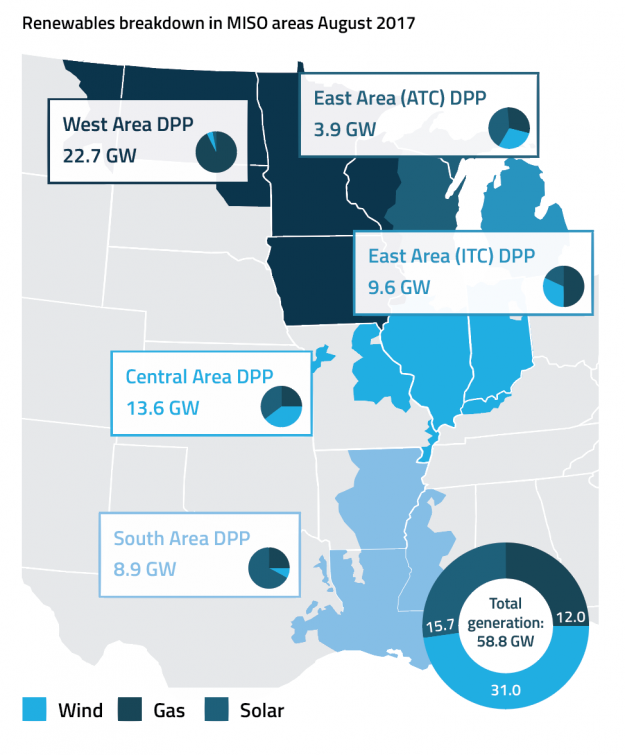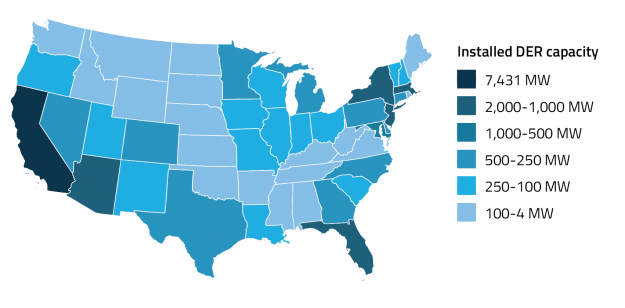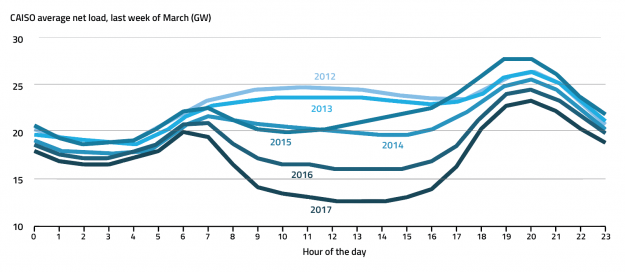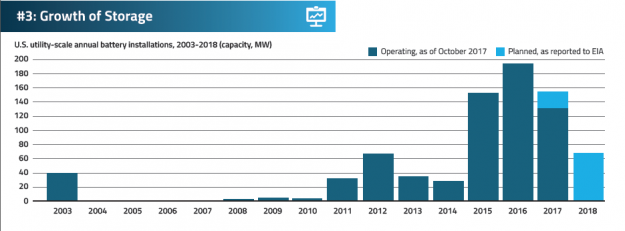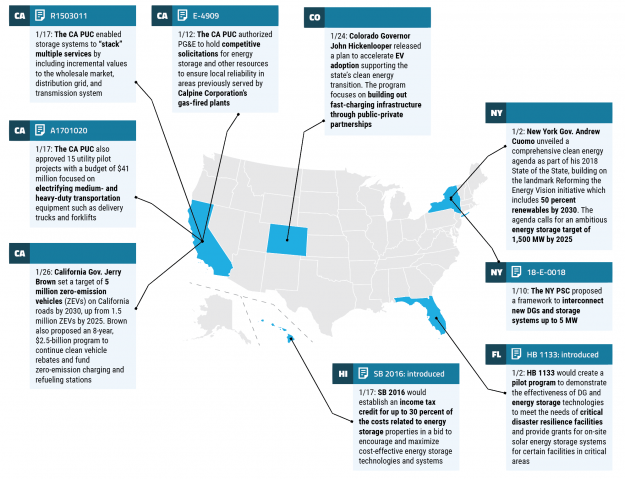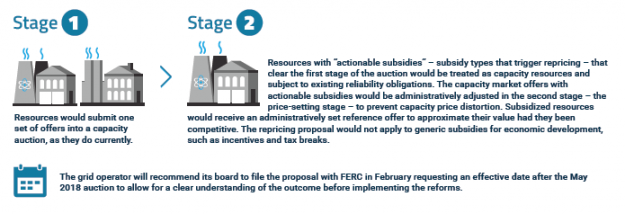EnerKnol’s Visual Primer – Constrained Supply and Increased Demand Push Prices up to $10/MW-day in MISO Auction
Nine out of the ten resource zones cleared at $10/MW-day in the Midcontinent Independent System Operator’s sixth annual Planning Resource Auction, up from last year's clearing price of 1.50/MW-day. MISO said that increased demand and lower supply were largely responsible for the higher prices and expects adequate capacity for the planning year starting June 1.
